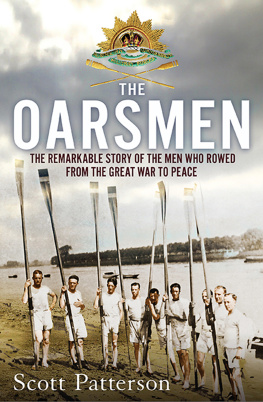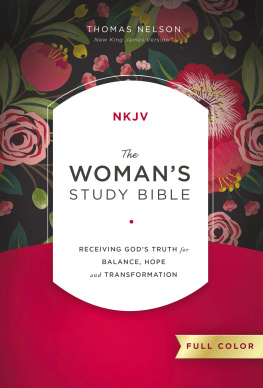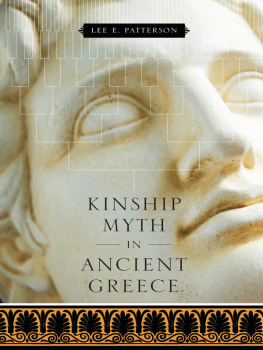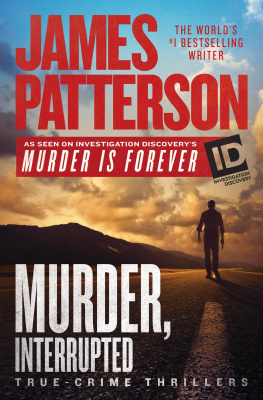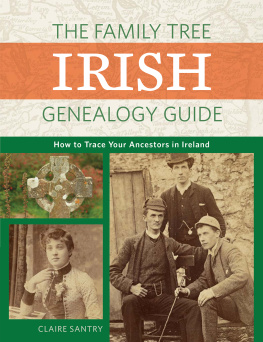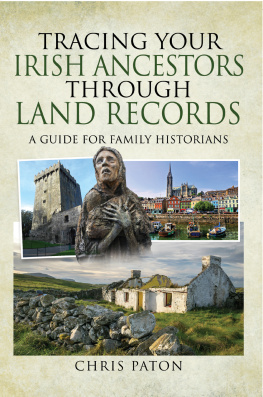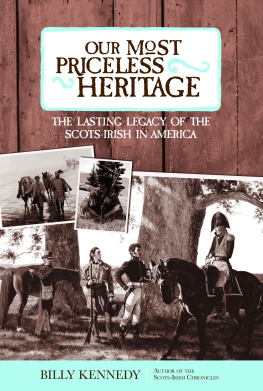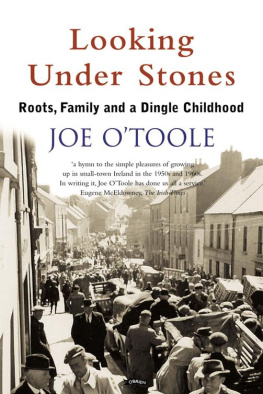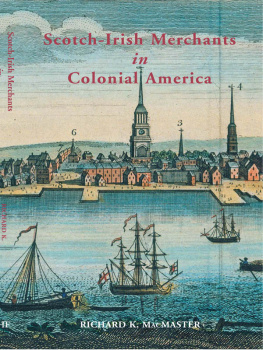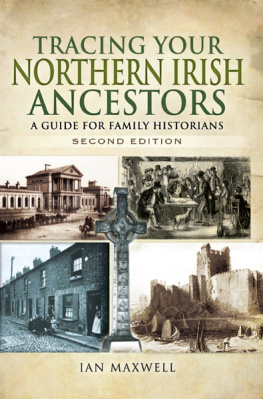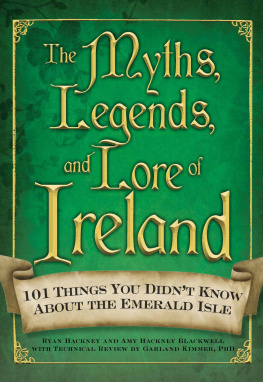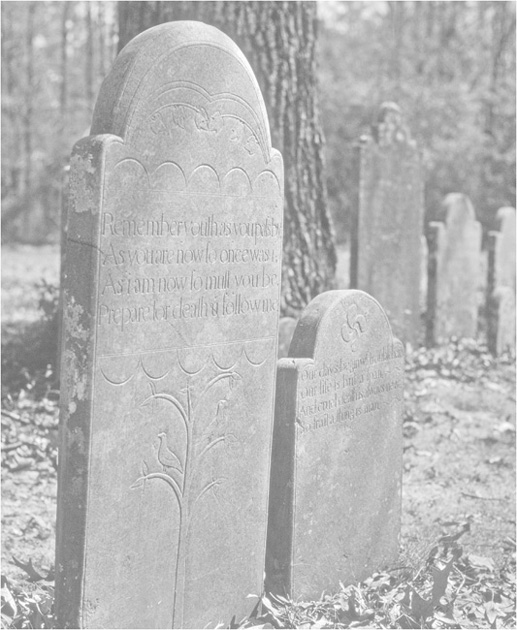ACKNOWLEDGMENTS
Readers may not grasp how much emotion the author of a book invests in the short section titled Acknowledgments. The writer knows how impossible it would have been to explore any topic without the help of libraries and their staffs. I myself piled up major indebtedness as I worked through the rich, well-organized manuscript holdings in the North Carolina State Archives and as I prowled the entire range of resources of the University of North Carolina at Chapel Hill. There I used books in the North Carolina Collection and the general collection of Davis Library, the Microform Collection, the online electronic editions of early publications, and the manuscripts in the Southern Historical Collection. And I called frequently upon the services of the Interlibrary Loan staff.
But many other institutions also gave help. They are too many to list, but I must name in particular the Duke University Rare Book, Manuscript, and Special Collections Library, the Special Collections of the University of North Carolina at Charlotte Library, and in South Carolina the Special Collections of the Winthrop College Library. In Pennsylvania too I received help from the State Archives, the Pennsylvania Historical Society Library, the Presbyterian Historical Society, and the historical societies of Lancaster, York, Adams, and Cumberland Counties as well. Courthouses in those counties and the courthouses of York and Chester counties in South Carolina made available to me materials that had never reached a home in a library. My endnotes document my indebtedness to scholars and others here and abroad, living and dead, whose writings I found in all these places and upon whose records and research and insights I draw.
The staffs of the scores of churches that I visited to carry out field photography were welcoming. They gave permission, loaned keys to locked burial grounds, and told me how to find old abandoned graveyards in the region. Many gave me materials about the history of the church, or helped me contact church members able to answer questions I had asked. Others like Glenn Zepp at Great Conewago Presbyterian Church in Pennsylvania wrote me to share their own considerable knowledge of the churchs history. The pastor of Hopewell Presbyterian Church in Mecklenburg even took on the task of locating an important early stone that had been removed from its spot in the churchyard in 1915, found it, and negotiated its return.
A number of times I discoveredor was discovered bypeople who proved to have spent years gathering data about their own communities. To bring an interest in what interested them was to win a friend of inexhaustible generosity. In the South I had occasion to meet many local historians and corresponded with them only a few times about specific topics. In my text or endnotes they will find that I have not forgotten or hidden their help. Others I visited and corresponded with for years. Im glad that I am able at last to acknowledge in print the generosity and rigorous research of Linda Blackwelder in Mecklenburg and Janet Morrison in Cabarrus County. And I regret that Nancy Crockett of the Waxhaw community in South Carolina is no longer here to see any return on her extraordinary helpfulness.
Some persons in Pennsylvania, like Charles H. Glatfelter, Arthur Weaner, and Gary Collison, I never met but corresponded with, always to my profit. Two othersthe late Aileen P. Sechler and her niece Judith Pyle, both of GettysburgI met at a conference in 1979 at Newport. The three of us made presentations about gravestones and instantly recognized that by sheer chance we had reunited the two halves of the history of a previously unstudied workshop. I provided them the name Bigham; they guided me to Adams County sites where they had found markers. Others since then have built unawares on our discoveries, and I am happy to be able now to give Aileen and Judith the credit due them.
By 1996 I had scouted sufficiently with camera and note pad in central Pennsylvania and the Carolinas to feel I had a fairly good acquaintance with the output of the early Scotch Irish stonecutters in the two regions. I had a growing sense that I needed to read about and personally see what kind of work these carvers might have known in Northern Ireland. So in that year my wife and I spent four weeks there exploring. The time was far too short, but it gave us some familiarity with its seventeenth- and eighteenth-century monuments and enabled us to make contact with many of the institutions and people most actively studying these works. We got help at the Ulster-American Folk Park in Omagh and from Brian Trainor and Shane McAteer at the Ulster Historical Foundation. At the Ulster Folk and Transport Museum we used research collections, and Philip S. Robinson proved a most informed guide. He pointed us in many good directions, both in the library holdings and in the surrounding communities. Happily, Dr. Trainor had also put us in contact with Finbar McCormick of The Queens University of Belfast, who shared a number of his informative studies of stones in Counties Monaghan, Fermanagh, and Tyrone. For a decade and a half I have benefited from his knowledge, insights, and generosity. We also met and enjoyed conversation with Robert Hunter of the University of Ulster in Coleraine, who later published material from his own research in County Tyrone.
I am grateful also to other persons in Ulster who have given help since our departure. A most knowledgeable and obliging correspondent has been William Roulston of the Ulster Historical Foundation, who wrote a thesis on seventeenth-century memorials in west Ulster, portions of which are included on the foundations illustrated History from Headstones website. I should also acknowledge correspondence with Rosalind Davies and the usefulness of her County Down website. And research carried out for me by Elsie F. Berner of Downpatrick about early Bigham families in that area. And also a chance meeting in Ballynahinch with Sam Sterling of The Queens University of Belfast, which evolved into a tour of the old Magheradrool Church ruins and good crack with our delightful guide. My wife and I subsequently spent a shorter time in Scotland, but long enough to be indebted also there, particularly to Helen McArthur in Dumfries and Betty Willsher, whom we visited in Aberdeen.


